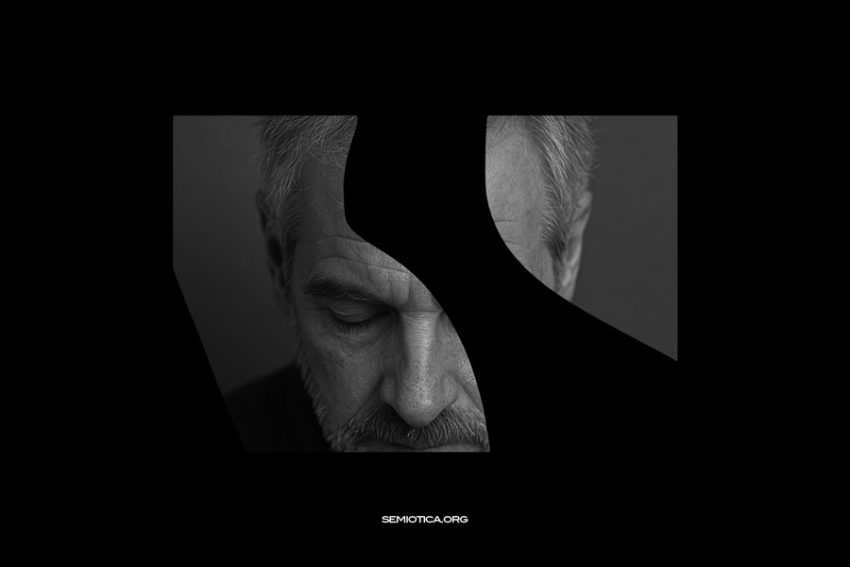In his 1976 essay, Umberto Eco retraces the long and fragmented history of reflections on signs, highlighting how semiotics—despite its ancient roots—was persistently marginalized by the scientific establishment. The idea of a science dedicated to the production, exchange, and interpretation of signs is far from new: even pre-Socratic poetry and philosophy had shown an interest in the nature of divine messages, while the Hippocratic tradition had explored the interpretation of symptoms. The Sophists, for their part, had grasped with great clarity the power of language.
Eco recalls that Plato’s Cratylus and Sophist can be considered among the earliest structural and definitional reflections on language, and he underscores Aristotle’s lasting influence—especially through the Poetics and the Rhetoric—on the study of narrative structures, metaphorical substitutions, and the rules of discourse. The Stoics, with their triadic distinction between semainon, semainomenon, and pragma, also offered a foundational contribution to semiotic thought.
This tradition continued through the Patristic age and underwent further refinement from the Modistae to William of Ockham. Yet, Eco observes, despite such authoritative precedents, semiotics failed to establish itself as an autonomous discipline. Even when John Locke, in his Essay Concerning Human Understanding, included semiotics among the three major sciences—alongside physics and ethics—his proposal went largely unheeded. Locke conceived of semiotics as a discipline “not inferior to logic,” tasked with investigating the nature of signs “which the mind makes use of for understanding things or conveying that knowledge to others.”
Eco points out that modern philosophy—from Hobbes to Hume, from Berkeley to Leibniz—despite the rich semiotic potential within their systems, never developed a fully formed awareness of sign theory. Even Vico’s New Science, which Eco calls an “impressive archaeology of human languages,” remained mostly ignored outside Italy for a long time.
As a result, semiotics failed to become an institutionalized science. Neither Jean Henri Lambert’s Semiotik, nor the chapter titled “Semiotik” in Bolzano’s Wissenschaftslehre (1837), received the attention they deserved. Even Husserl’s 1890 essay Zur Logik der Zeichen (Semiotik) was only published in 1970.
An even more unfortunate fate befell Charles Sanders Peirce, whose writings remained largely obscure until roughly forty years ago. Even after his rediscovery, Peirce was more often read as a metaphysician or logician than as the founding figure of semiotics. Yet Eco argues that only by adopting a distinctly semiotic lens can Peirce’s thought be properly understood.
In the twentieth century, only four authors attempted to construct a theoretical framework for semiotics: Saussure, Morris, Hjelmslev, and Buyssens. However, all four have been typically classified as linguists or philosophers. Morris’s proposals, for example, were only partially received: while his triadic distinction between syntactics, semantics, and pragmatics was embraced, his typology of signs was neglected. His legacy, filtered through Wittgenstein’s Tractatus, was ultimately folded into Fregean extensional semantics, thereby losing its original semiotic thrust.
Wittgenstein’s Philosophical Investigations offered key insights into iconicity and ostensive signs, but Eco notes that these ideas were never systematically compared with structural linguistics or research on non-verbal languages. Despite Saussure’s rhetorical emphasis on language as part of a broader system of signs, structural linguistics remained focused almost exclusively on verbal language, paying only formal homage to semiology without fully extending its methods.
Eco holds that only Hjelmslev came close to offering a true general theory of signs—but his proposal remained too abstract, his examples too scarce, and his glossematic terminology too opaque to have a broader impact.
According to Eco, the eventual institutionalization of semiotics as a discipline depended on a decisive event: a “methodological earthquake,” a “dissemination across disciplines,” a transformation in the scientific curiosity that fostered the rise of a fundamentally semiotics-oriented culture. Today, semiotics is a recognized academic reality—taught in universities, supported by journals, symposia, and international associations. But to explain why this revolution happened so late, one must also acknowledge the decisive influence of certain schools and key individuals. Among them, Roman Jakobson stands out as the primary catalyst.
Source: Umberto Eco, Il pensiero semiotico di Jakobson, 1976.
